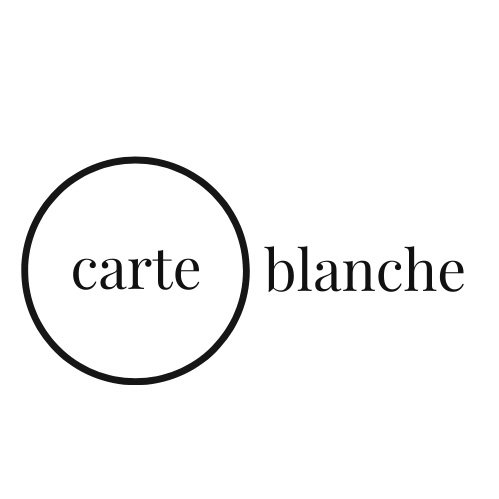The Bronze Vessel
by Diana Halfpenny, translated from Suzanne Jacob
The alarm has only just sounded, and already the three women have started to run. Are they running towards or away from something? When I first saw them in June 2014, I assumed they must be running away because, at that time, there were so many women—thousands of them—all over the planet fleeing massacres, famine, and floods. Yet, the only way I could see those millions of refugees, women of every skin colour yet all with the same blood-red blood in their veins, and all wrapped in the same shawls, coverings, and veils—was through the narrow lens of my country’s refugee policy. As I watch them running to bring help or flee danger, stumbling in their haste, their footsteps echo on the bronze ground. Under the fabric clutched to their chests, their heartbeats resound in the bronze air.
Time is running out. When they hear the alarm, the three women quickly and silently gather up the basics needed to survive. Now, in the frigid night or scorching day, they hurry on, travelling over land or water, snow or sand. And yet…the greatest obstacle they encounter, the one that takes all their energy to overcome, is neither the cruel north wind nor the searing desert simoon, but the panic spiralling up inside them, threatening to tear them apart—these three, these thousands, these millions of running, fleeing women. Aboard their ship of destiny, the bronze forges a common bond. It strengthens their will and pools their wisdom so that they know, instinctively, how to avoid giving in, for even a single instant, to their overwhelming fear.
How do these women know, when they hear the alarm, that they must run or flee? Did they learn it from ancient songs? From old stories, forever being recast in mixed or muzzled languages?
One of the many versions of the Kanyen'kehà:ka creation story goes like this: after giving birth to the first twins, Mother Earth died and her children began to starve. But then the three inseparable sisters, Corn, Beans, and Squash, sprang forth from the mother’s grave, enabling the twins, and the entire Mohawk people, to survive and flourish. From that time forward, once the corn has reached a certain height, beans are planted around the base of the stalks, and those same stalks support the beans as they climb skyward. Finally, the people plant squash. Its large leaves keep the ground moist and ensure that the Three Sisters will thrive: their survival and that of the Mohawk people forever intertwined.
When he left his hometown of Arthabaska, Québec, for Paris in 1891, Marc-Aurèle de Foy Suzor-Coté’s goal was to become a famous baritone, but an acute case of laryngitis forced him to take up visual arts instead. Having lost one way of making his voice heard, he took up another: his vision turns a pedestal into an ocean, and the figures of three Indigenous women into a three-masted vessel bringing aid to the destitute. It also pushes open the narrow window through which we deign to grant asylum to people who, under their shawls, coverings and veils, have the same red blood in their veins as flows through ours.
Musée des beaux-arts de Montréal
ABOUT THE CREATOR
Diana Halfpenny earns her living doing commercial translation, but her deep love of language inspires her to translate more beautiful words. Forays into book translation span such varied genres as: art, children’s literature, history, memoir, pedagogy, psychotherapy, and spirituality. She chose Suzanne Jacob’s brief meditation on de Foy Suzor-Coté’s statue because of the way it urges us to walk, however, briefly, in another person’s shoes. This is her first translation published in a literary magazine.
Suzanne Jacob is a writer from Amos, Quebec.


